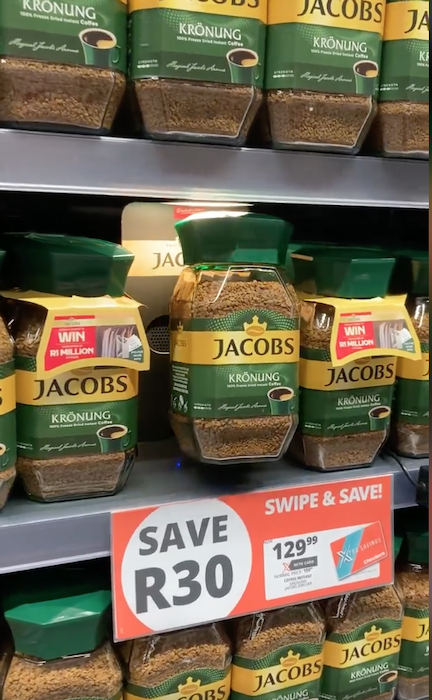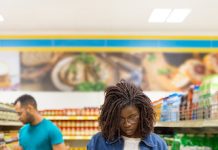It has become increasingly challenging for companies to produce creative ideas for in-store campaigns and it looks like robots are about to change the game.
The retail robot market is anticipated to grow to $55 billion by 2028. It is a market populated by floor cleaners, inventory managers, data analysers, packers, and shelf talkers – all robots designed to either enhance the way retailers operate or catch the eye of the tired customers as they tramp down the aisle. Zara has adopted an AI-driven robot designed to collect products for customers who opted into click-and-collect, it is quick and efficient, saving both the customer and the business time.
At Stop & Shop in the US, Marty, a robot with googly eyes created by Badger Technologies, wanders the shop floor alerting staff to product shortages and spillages. In South Africa, Jacobs implemented the Tokinomo Shelfobot, that sat behind Jacob’s coffee products and, when a sensor was triggered, started talking to passing shoppers while suggestively holding a product out for them to see. This collaboration unfolded across 20 Checkers Stores, owned by Shoprite, the largest retailer in South Africa, spanning an impressive 18-day period from March 20th to April 7th.
These are all part of the new age of retail, where customer attention is captured by innovative ideas that change the way they shop, and what they purchase. As Corina Mihalache, Partner Success Manager from Tokinomo, creators of the campaign, explained: Marketing needs something new, something beyond wobblers and stickers. Shoppers have developed banner blindness, they don’t even see them, and it has become increasingly important to bring products to life.’
Retail robots aren’t a novelty anymore. They are being used in ingenious ways in stores all over the world, and they’re getting results. The retail store B8ta in California saw a 70% increase in footfall after introducing Papper, an AI-enabled robot that helps people pick out merchandise in-store.
For the Jacobs marketing team, adopting a robot saw a marked increase in value sales thanks to its integration across a variety of malls. At the Roodepoort activation, the firm saw a 78.1% value sales change and 32%-unit sales change compared with the same time a year ago; and at the Tokai Hyperactivation, the campaign saw a 61% increase in value sales and a 39.4% increase in unit sales compared to the previous year.
‘The organic feedback on digital platforms, especially on LinkedIn where customers have actively shared their in-store experiences and engagement, really reinforces the effectiveness it had on our campaign,’ said Domaine Rautenbach, senior brand manager for Jacobs. ‘We used the Tokinomo solution to revolutionise our promotional campaigns and enhance shopper engagement in-store and it’s something we’d definitely try again in the future.’
The customer feedback was exactly what any marketing company would want from its investment into a campaign. Levitating coffee, immediate attention-grabbing and, in the Jacobs case, a solid call to action that kept customers engaged – a chance to win a share of R1 million in prizes. As a customer said, ‘I was impressed by this clever motion-activated gadget.’
The use cases for robots in the retail sector are only set to increase as both customers and brands feel the benefits. While a floor cleaning robot isn’t as exciting as a robotic arm handing over a jar of coffee, it has its place in the retailer of the future. Here, robots can be used to gather data: tracking customer routes around stores, for example, and then using the information to optimise product locations and store layouts for improved profit. They can be used to catch customer attention, guide the consumer to a sale, and improve the shopping experience in multiple ways. And, as it evolves, it can be used to do more than just show the coffee – next time, maybe a nice hot cup served by a robotic arm? See the video here.
JACOBS COFFEE
https://www.jacobscoffee.co.za/










